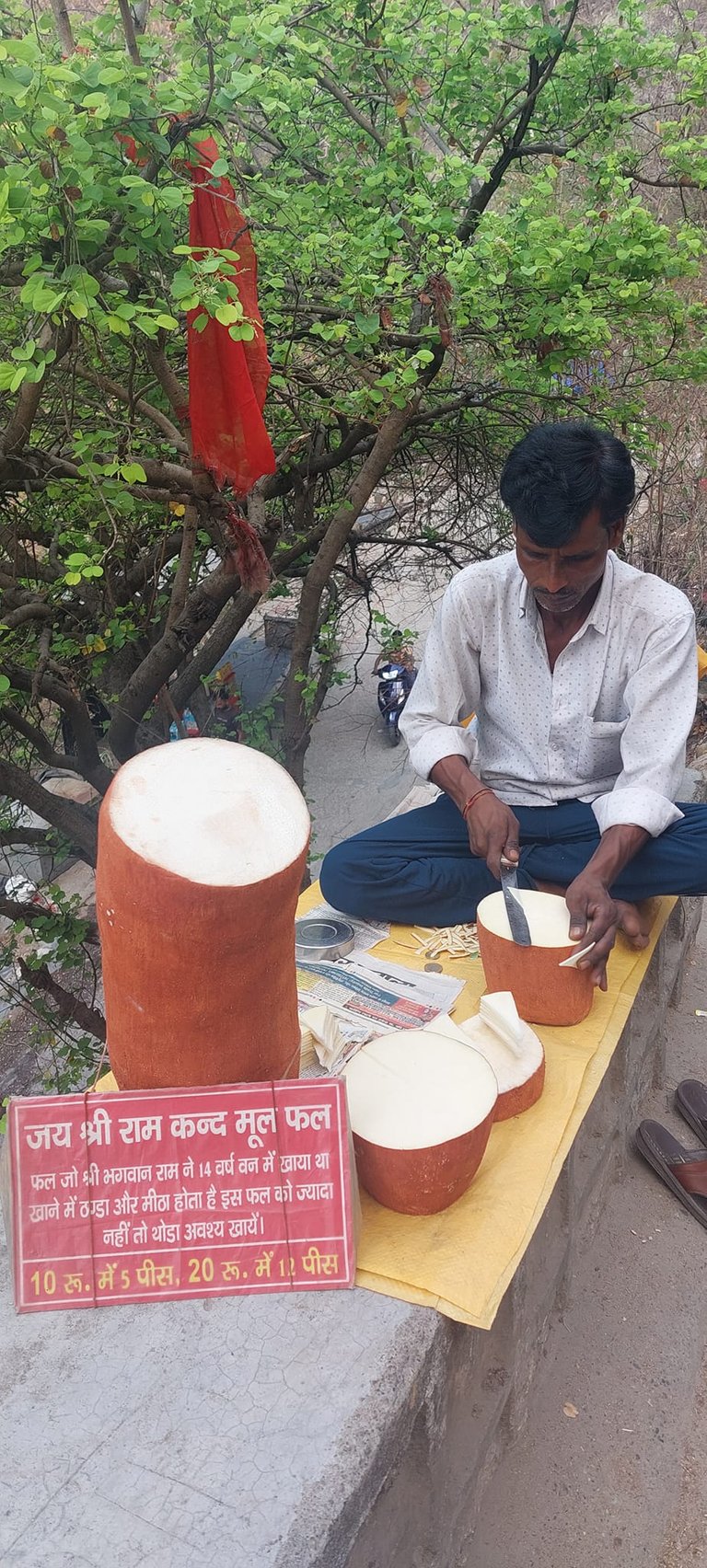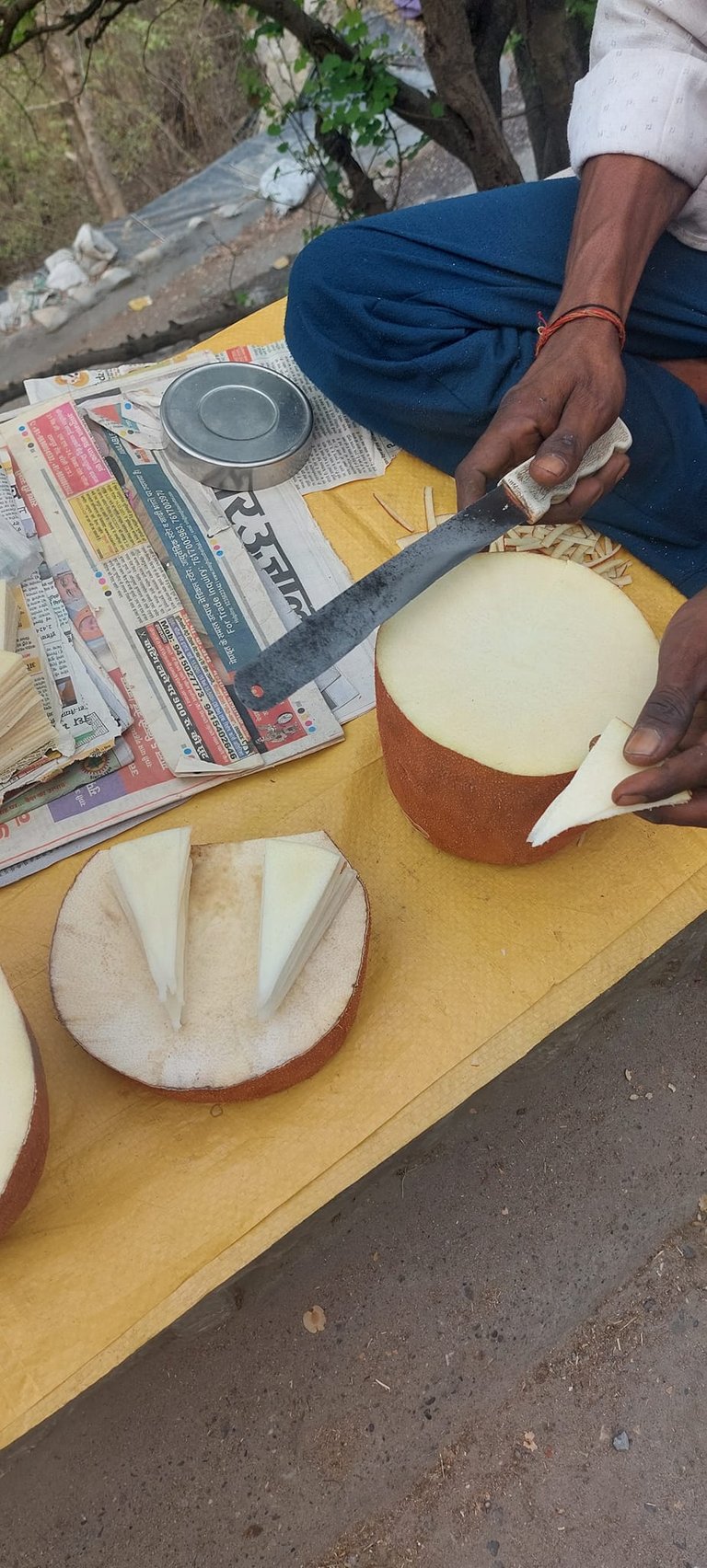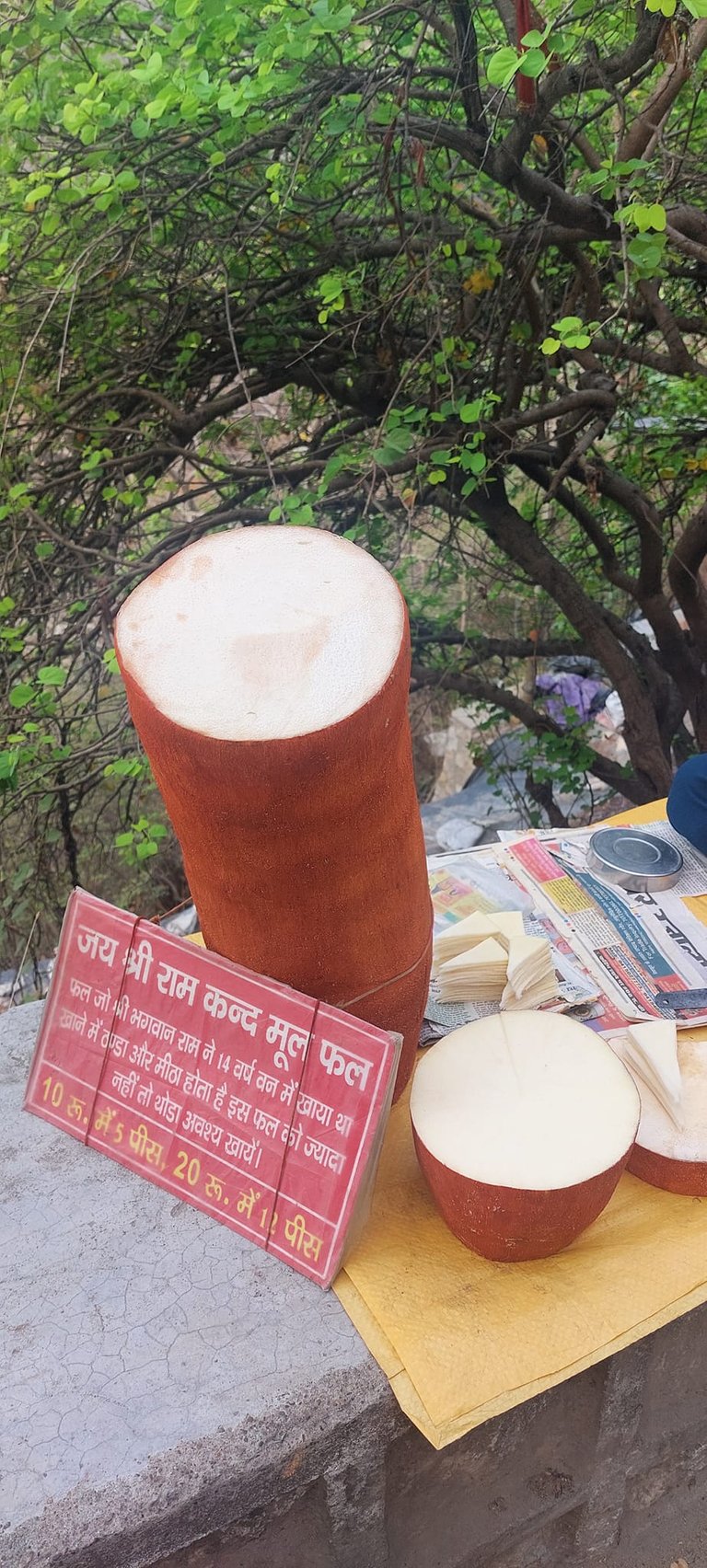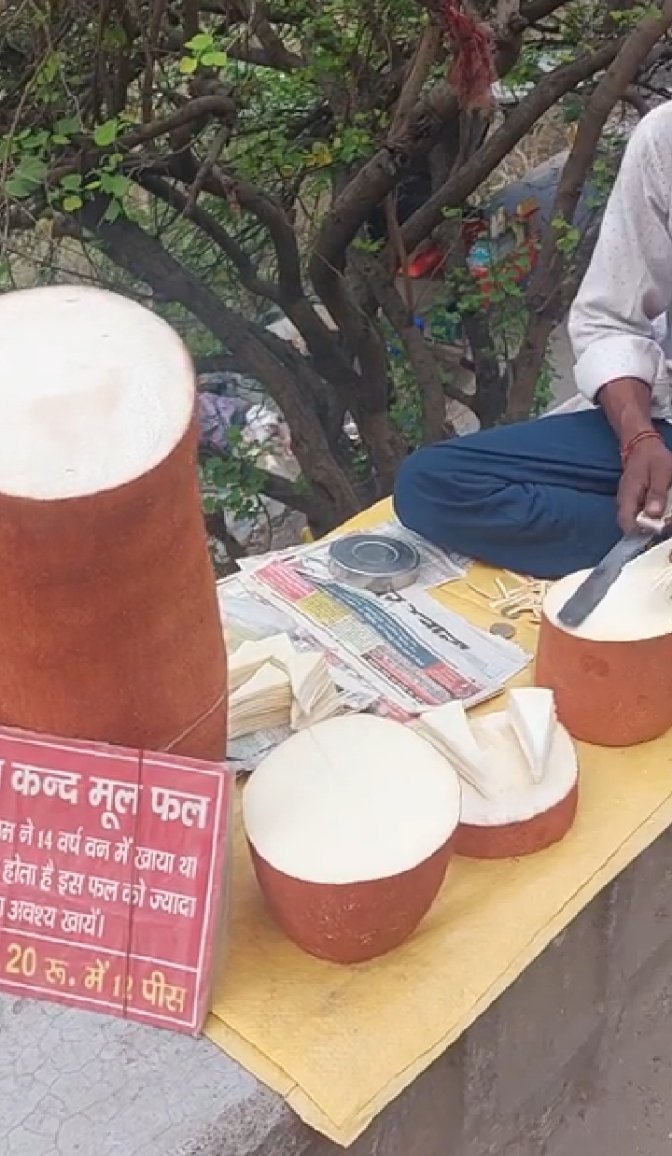Scientists have yet to find out what plant produces Ram Kand Mool, a drum-shaped tuber that has been offered as a substantial snack on Indian street corners for at least several decades.
After attempting to discover the origins of the virtually paper-thin delicacies carved out of large reddish tubers by street vendors in the 1980s, Indian botanists were interested in ram kand mool. None of them were willing to divulge the source of the substance, and those who did provided contradictory responses. Some said it was a root, while others claimed it was a plant stem, but the majority either refused to respond or claimed they purchased the tubers from other parties.
I had no idea who the source was. Even worse, science was unable to offer a definitive response to the botanists' questions.
A significant element of the firm is keeping the source of ram kand mool a mystery. Forest officials in Maharashtra have attempted to spy on dealers to no effect; buying the tubers in quantity is never approved, and providing any true information or contact information about the tuber's source is deemed forbidden.
"Ask everything but this." Nobody will say anything to you. When Bartha Kumari enquired about his ram kand mool source, one dealer informed her, "This is how this company works."





But what does it taste like ?
sweet
so like sugar cane or more sweet potato ?
sweet potato like but little bamboo like smell comes
Interesting must be good in curry
curry is tasteful but some villagers makes chips in coconut oil
oh yum
Congratulations @lovewater66! You have completed the following achievement on the Hive blockchain and have been rewarded with new badge(s):
Your next target is to reach 50 comments.
You can view your badges on your board and compare yourself to others in the Ranking
If you no longer want to receive notifications, reply to this comment with the word
STOPTo support your work, I also upvoted your post!
Check out the last post from @hivebuzz:
Support the HiveBuzz project. Vote for our proposal!